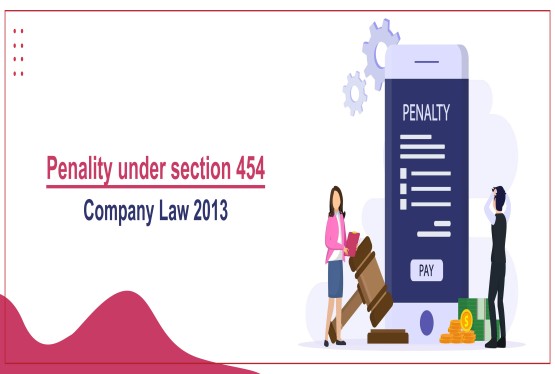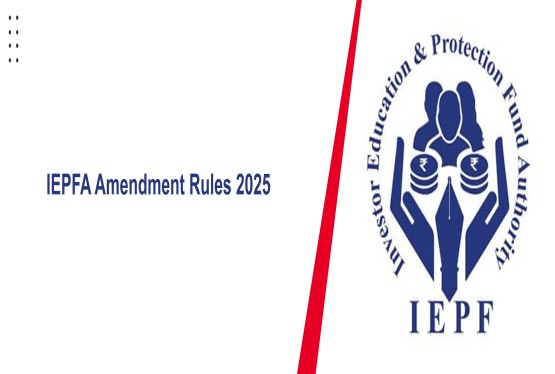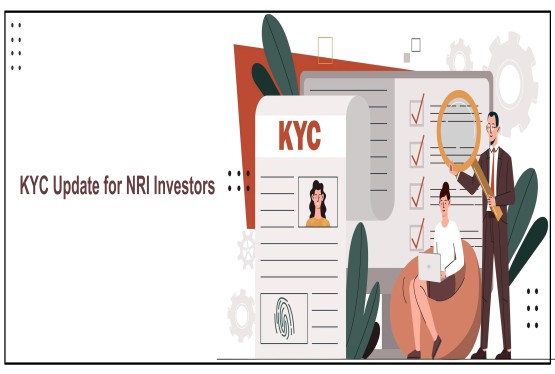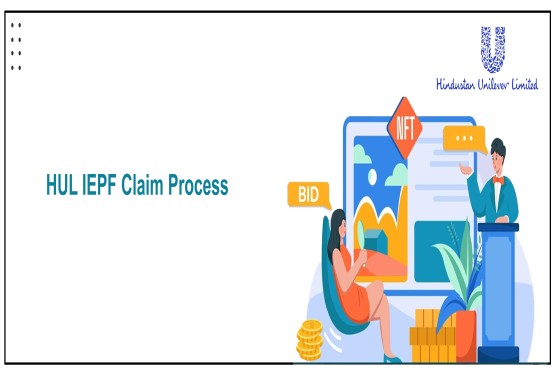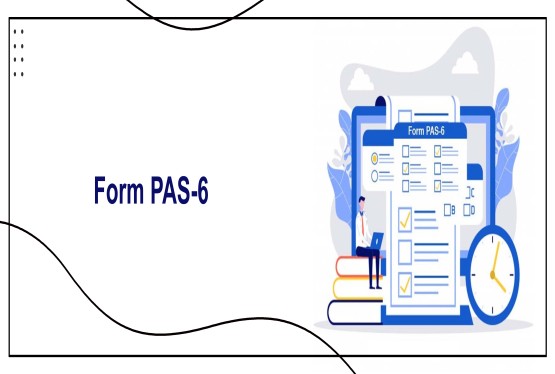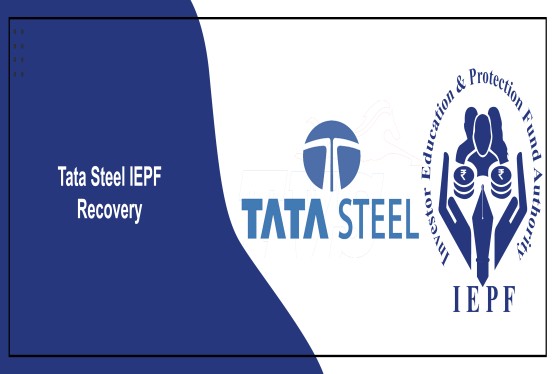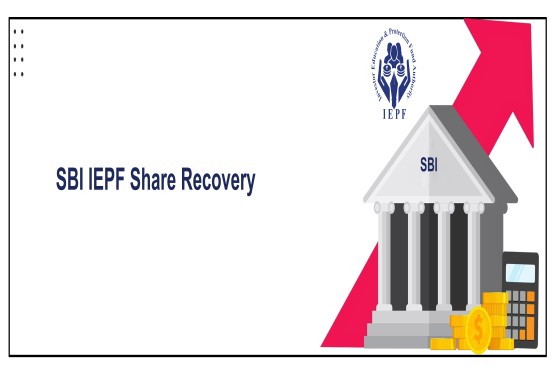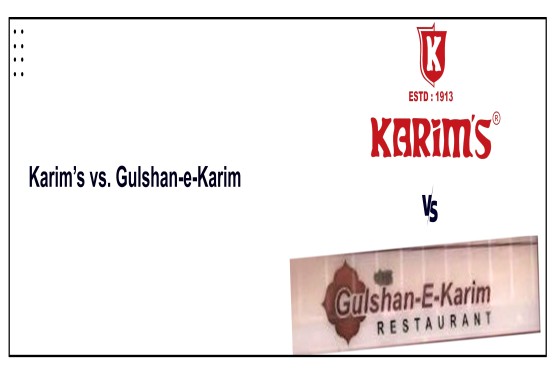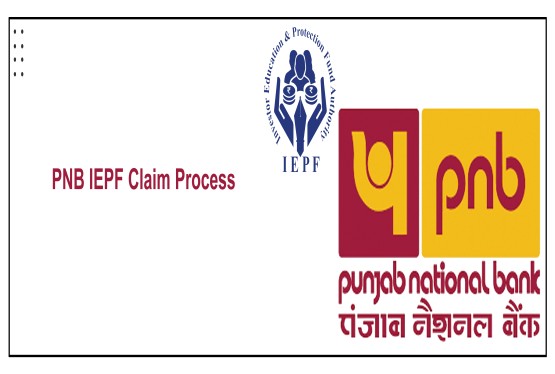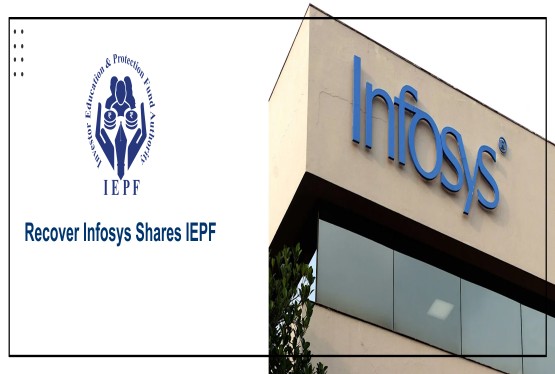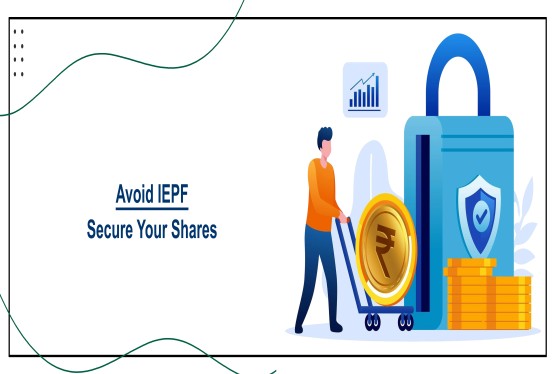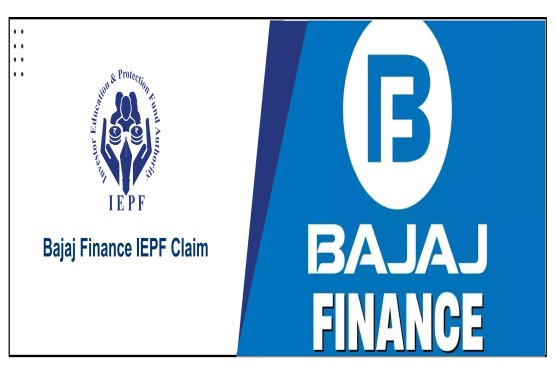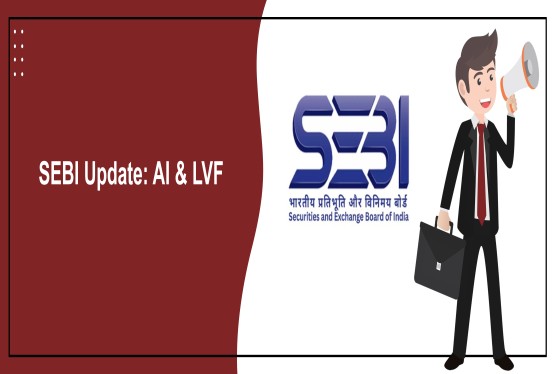The Investor Education and Protection Fund (IEPF) was created under the Companies Act, 2013. The Ministry of Corporate Affairs oversees it through the IEPF Authority. Its key purpose is to safeguard a wide range of financial assets that remain unclaimed for seven continuous years which includes unpaid dividends, matured deposits and debentures, and majorly, the underlying shares. Instead of letting these assets lie idle or potentially become targets for misuse they are transferred into a secure, centralized fund until rightful owners or legal heirs come forward to claim them. This issue is very important for everyday investors. Life happens. People move houses, change banks, or forget about small income sources. These changes often result in uncashed dividends or inactive demat holdings going to the IEPF. The situation is significant; today, crores of rupees and over a billion shares are unclaimed in the fund. This money is stuck because former shareholders didn't take action or didn’t know about the process.
What triggers IEPF transfer?
Imagine expecting a dividend that never came. This might happen if your bank changed, you moved without updating your address, or if the check bounced. In these cases, the payment becomes an unclaimed dividend. Legally, a dividend is considered unclaimed if it isn't collected or credited within 30 days of being declared. It usually sits in the company’s Unpaid Dividend Account, waiting for you to claim it. However, if this unclaimed dividend stays untouched for seven straight years, there's a bigger consequence. According to Section 124 of the Companies Act and the IEPF rules, it’s not just the money that gets transferred; the underlying shares do too. These shares, tied to the unpaid dividends, are moved to IEPF’s custody to make sure they don’t get lost. Think of it as a safety measure: if you’re absent for too long, your dividends and the shares will quietly move to a central fund. This means that if you don’t regularly check those small payouts, your entire investment could end up out of reach, or at least held away from your control, unless you actively reclaim it.
Learn more about How To Recover Unclaimed Shares and Dividends from IEPF.
Why This Happens?
Even for careful investors, dividends and shares can end up in the IEPF's custody for several common, often overlooked reasons. Here's a rundown of how that happens and why it still matters today:
Physical shares and old demat accounts People frequently overlook dormant demat accounts or physical share certificates, particularly if they have opened several over the years. It is often difficult to track down these holdings because they get lost in the shuffle. This is particularly true for pre-demat physical shares: a combination of missing paperwork, frequent moves, or improper nominations may result in dormant investments being consigned to the IEPF.
Inaccurate Address, Bank, or KYC Information A dividend check may bounce or an electronic transfer may fail due to a minor mistake, such as not updating your address or bank account information. Without accurate records, businesses are unable to contact you, dividends are not claimed, and the countdown begins.
Get to know more about Dematerialisation of Shares Under Companies Act 2013.
Inactivity of Shareholders or Generational Change Dividends may remain unclaimed for years if an investor ceases trading or simply turns their attention to other investments. Sometimes, when a family member dies, entire portfolios are forgotten. The risk is increased because legal heirs might not be aware of these holdings.
Data Gaps and Corporate Changes Communication can be hampered by corporate actions such as stock splits or bonus issues, company mergers, rebranding, and administrative mistakes. Inappropriate management of these changes could result in shareholders losing out on dividend entitlements and the dividend going unclaimed.
Possibility of Fraud Once dividends are not collected and the shares are considered abandoned, they can be exploited by scammers who use forged documents or the information of deceased shareholders to fraudulently open accounts. Such misuse can be avoided by centralizing unclaimed assets in the IEPF.
Learn more about How to Claim NRI Shares from IEPF.
Scale of the Problem: How Big Is the IEPF Crisis?
The IEPF has enormous and growing amounts of unclaimed assets:
Over 1.1 billion shares, worth approximately Rs.1 lakh crore, remain unclaimed.
Just the unclaimed dividends total about Rs.6,000 crore.
According to some estimates, the total amount of unclaimed assets, including shares and dividends, exceeds Rs.90,000 crore.
Even large corporations are impacted; for instance, one company has shares worth over Rs.11,000 crore that are sitting idle in IEPF custody.
These figures are more than just statistics; they reveal a vast hidden wealth that regular investors own. This escalating crisis is exacerbated by each overlooked dividend and neglected holding. The magnitude emphasizes how crucial it is to remain vigilant: proactive management now can avert large losses and protracted bureaucratic hold-ups later.
Get to know more about Why Unlimited Public Company Needs to Convert their Shares in Demat form and Required to File PAS 6: Link
How to Protect Your Shares from IEPF: Preventive Steps
Knowing how IEPF shares are acquired is only half the fight; here's how to protect your investments in a proactive manner.
Maintain Current Records
Verify that your registrar, depository, and broker have the most recent versions of your address, email, phone number, PAN, and bank account information. Accurate bank information guarantees dividends are paid out immediately, preventing physical checks from failing or being returned.
Opt for Electronic Delivery
Instead of receiving dividends by check or paper certificate, choose to receive them electronically in your bank account. This reduces the possibility of delay or misplacement.
Continue your Demat activity.
To keep your demat account active, convert physical share certificates to demat form and continue trading or frequent check-ins. Transfers frequently occur through dormant accounts.
Designate Recipients
Make sure all of your shareholding accounts have trustworthy nominees. In addition to making inheritance easier, this keeps shares from becoming inaccessible in the event of the investor's death.
Keep an eye on dividend payments
Pay close attention to dividend declarations and credit dates. Take immediate action if a dividend is still uncredited or uncashed so that it doesn't accrue toward the seven-year transfer eligibility period.
Examine the company's communications
Keep an eye out for company announcements regarding impending IEPF transfers. Before transfers, risky shareholders are frequently listed on websites or in newspapers. If you see your name or folio there, take immediate action.
Make use of the IEPF Search Portal
Use your PAN number, folio, or demat ID to regularly check the official IEPF portal to see if any shares or dividends have been marked as unclaimed, particularly for older holdings.
If Shares Have Already Been Transferred to IEPF
Through a specified procedure, the legitimate shareholder or their legal heir may reclaim shares that have been transferred to the IEPF Authority because of extended inactivity (typically seven years of unclaimed dividends). Here's how:
How to Verify the Status of an IEPF Transfer
To find out if your dividends or shares have been moved to the IEPF:
-
Go to the IEPF website https://www.iepf.gov.in/content/iepf/global/master/Home/Home.html. Find the "Search Unclaimed Dividends/Shares" or "IEPF Claim Status" sections on the Investor Education and Protection Fund Authority's website. To find out if any assets have been moved to IEPF, use your name, PAN, folio number, or demat ID.
-
Select "Search IEPF Claims." Find the "Search Unclaimed Dividends/Shares" or "IEPF Claim Status" sections on the Investor Education and Protection Fund Authority's website. To find out if any assets have been moved to IEPF, use your name, PAN, folio number, or demat ID.
-
Enter information such as: Name of Shareholder, Name of the Company, Client ID-Folio/DP ID.
-
Whether the shares or dividends have been transferred will be indicated on the portal.
Steps to File Form IEPF-5
-
Get a Letter of Entitlement Get an official entitlement letter verifying the specifics of your unclaimed shares or dividend amounts.
-
Fill out the IEPF-5 online form.
Access Form IEPF-5 by going to the IEPF refund portal (located on the MCA/IEPF Authority website).
-
Enter your personal information, bank account details, folio or demat account number, number of shares and/or dividend amount, and company CIN. Upload scanned copies of your ID, share certificates, entitlement letter, and demat statements.
-
Fill out the form and record the Service Request Number (SRN) that is generated.
-
-
Prepare and Send Physical Documents
-
Print copies of the filled IEPF-5 form along with the SRN acknowledgment.
-
Collect the following physical documents:
-
Original indemnity bond (plain paper if the amount is below Rs.10,000; non-judicial stamp paper otherwise)
-
-
Advance stamped receipt Self-attested Aadhaar and PAN cards Cancelled cheque with your name Demat Client Master List or physical share certificates Entitlement letter, dividend or share certificate copies, affidavits if needed Death certificate and succession certificate in case of a deceased or joint holder.
-
Company Verification & IEPF Processing
-
The company/RTA verifies your submission and submits an e-verification report to the IEPF Authority, usually within 15–30 days.
-
IEPF reviews your claim; if approved, it triggers crediting of dividends into your Aadhaar-linked bank account and shares into your demat account. Requests for additional documents will be communicated if needed.
-
-
Monitor Your Application To check the status of your claim through the MCA/IEPF portal, use the SRN. After submitting the online form, make sure your physical documents get to the nodal officer within 90 days; otherwise, they may be rejected.
After online filling send hard copies of the following to the Nodal Officer of the Company:
Mandatory Documents
-
Acknowledged copy of Form IEPF-5
-
Copy of Aadhaar/PAN (self-attested)
-
Indemnity Bond (on non-judicial stamp paper of appropriate value)
-
Advance Stamped Receipt (with signature of claimant and witnesses)
-
Original Share Certificate(s) (for physical shares)
-
Client Master List from Depository Participant (for demat shares)
-
Cancelled Cheque Leaf with printed name
-
Address proof (electricity bill/bank statement/telephone bill)
-
In case of legal heir:
-
Death Certificate of original holder
-
Legal Heir Certificate or Succession Certificate
-
Affidavit / NOC from other legal heirs
Time Limit: These documents must be sent within 15 days from the date of online form submission.
Company’s Role and Verification
Once the company receives all documents:
-
It verifies the authenticity and correctness of the claim
-
It prepares a Verification Report
-
The company then forwards this report to the IEPF Authority within 30 days
If any discrepancy is found, the company may raise queries or ask for additional documents before submitting the verification report.
Company’s Role and Verification
The company plays a pivotal role in the IEPF share recovery process, acting as the first line of verification once a shareholder files Form IEPF-5 and submits the required documents. As per Rule 7(3) and 7(4) of the IEPF Rules, 2016, the company is legally required to verify the claim by cross-checking ownership details, dividend history, signatures, and legal heir documentation, and then submit a Verification Report to the IEPF Authority within 30 days. Without this report, the IEPF will not process the claim, making the company’s timely and accurate response crucial. Any discrepancies or incomplete documents may lead to delays or rejection, so shareholders must ensure all submissions are complete and maintain clear communication with the company’s designated Nodal Officer.
IEPF Authority Approval Process
Once the company hands over the Verification Report to the IEPF Authority, having carefully reviewed and validated the claimant’s Form IEPF-5 and all supporting documents, the Authority kicks off its own approval process. This step is vital for reclaiming shares and unclaimed dividends. The Authority takes a close look at the verification report submitted under Rule 7(3) of the IEPF Rules, 2016, along with all the claimant's information, to ensure everything is authentic, legally compliant, and eligible. If everything checks out and the application is complete, the Authority issues an approval order and starts the process of refunding shares directly to the claimant’s demat account, while also transferring any unpaid dividends (and accrued benefits) to the bank account listed in the form. The whole process is handled digitally through the MCA portal, so the claimant doesn’t need to interact physically with the IEPF Authority. However, if there are any discrepancies, inconsistencies, or missing information, the Authority might reject the application or ask for more clarification through the company, which could lead to significant delays. Typically, the approval process takes between 30 to 90 days after the verification report is received, depending on the workload, the complexity of the case, and how well the company and the Authority coordinate. It’s important to make sure that all KYC details, bank and demat information, and legal documents are accurate and up-to-date to avoid rejection or the need for resubmission, as once a claim is rejected by the IEPF Authority, the entire process has to start all over again.
Timeline of the Entire Process
Following receipt of the company's Verification Report, the IEPF Authority's approval procedure may take six months to one and a half years. Under Rules 7(3) and 7(4) of the IEPF Rules, 2016, the Authority carefully examines the claim during this period. Dividends are paid to the claimant's bank account and shares are credited to their demat account if everything is in order. Accurate filing and frequent follow-up with the company's Nodal Officer are essential for prompt recovery because any inconsistency or missing documentation may result in rejection or delay.
Conclusion
Preventing the transfer of your shares and dividends to the IEPF is not just a matter of compliance but a proactive approach to safeguarding your financial assets. By keeping your KYC details updated, linking your PAN, Aadhaar, and demat accounts, regularly claiming dividends, monitoring communication from companies, and responding promptly to reminders or notices, you can ensure your investments remain in your control. Educating family members, especially senior shareholders, and consolidating holdings also play a vital role in minimizing the risk. In essence, timely vigilance and small preventive actions today can save you from complex and delayed recovery procedures in the future.
If your shares have been transferred to the IEPF or you're facing issues with dividend recovery, Compliance Calendar LLP is here to assist you at every step. Our expert team can guide you through the complete legal and procedural process for a smooth and timely recovery.
Call us at: 9988424211
Email us at: info@ccoffice.in
Let us help you reclaim what's rightfully yours.
FAQ’s
Q1. What is the IEPF and why are my shares transferred to it?
Ans. The Investor Education and Protection Fund (IEPF) is a government fund where shares and dividends are transferred if there has been no claim by the shareholder for seven consecutive years. This is done to protect investor interests and avoid unclaimed assets lying idle.
Q2. How can I prevent my shares from being transferred to the IEPF?
Ans. To avoid IEPF transfer, ensure you regularly claim your dividends, keep your KYC details updated, link your PAN, Aadhaar, and demat account, and maintain communication with the company or its RTA.
Q3. What happens once shares are transferred to the IEPF?
Ans. Once transferred, the shares are held by the IEPF Authority. To recover them, the shareholder must file Form IEPF-5, submit physical documents to the company, and wait for verification and approval from the Authority, which may take several months to over a year.
Q4. Can legal heirs or nominees claim shares transferred to the IEPF?
Ans. Yes, legal heirs or nominees can claim shares, but they must provide appropriate succession documents like a will, succession certificate, or legal heir certificate, along with Form IEPF-5.
Q5. What is the role of the company in the IEPF claim process?
Ans. The company is responsible for verifying the claim and sending a Verification Report to the IEPF Authority within 30 days. Without this report, the IEPF will not process the refund.
Q6. How long does it take to recover shares from the IEPF?
Ans. The recovery process can take anywhere from 6 months to 1.5 years, depending on the completeness of documents, company cooperation, and IEPF Authority timelines.
Q7. Who is the Nodal Officer and how can I contact them?
Ans. The Nodal Officer is a designated official of the company responsible for handling IEPF claims. Their contact details are usually available on the company's investor relations section of its website.
Q8. I’ve changed my address or bank details. Will it affect my dividends?
Ans. Failure to update address, bank account, or KYC details with the company or RTA can result in undelivered dividends and risk of shares being transferred to the IEPF.











































































_crop10_thumb.jpg)




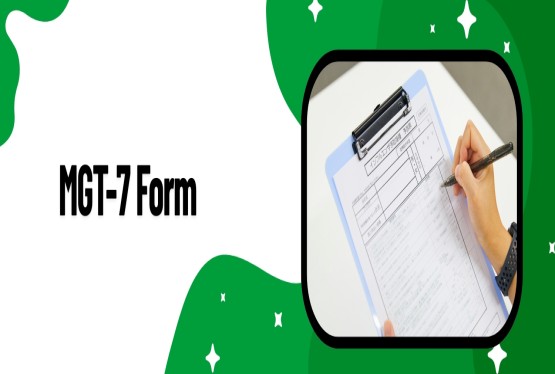





























































_crop10_thumb.jpg)
_crop10_thumb.jpg)



_crop10_thumb.jpg)


_crop10_thumb.jpg)





_crop10_thumb.jpg)

_crop10_thumb.jpg)














-suratgujarat-section-158_crop10_thumb.jpg)
-suratgujarat_crop10_thumb.jpg)
-(33)_crop10_thumb.jpg)



-ahmedabad_crop10_thumb.jpg)
-learn_crop10_thumb.jpg)

-learnn_crop10_thumb.jpg)



























































_crop10_thumb.jpg)























_Guidelines_learn_crop10_thumb.jpg)























_learn_crop10_thumb.jpg)
_crop10_thumb.jpeg)










_crop10_thumb.jpg)




_Second_Amendment_Rules,_2025_learn_crop10_thumb.jpg)







_learn_crop10_thumb.jpg)






















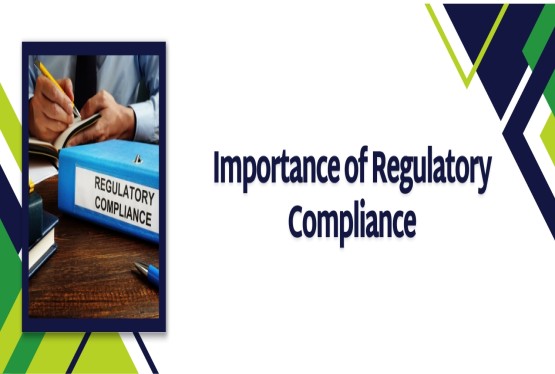








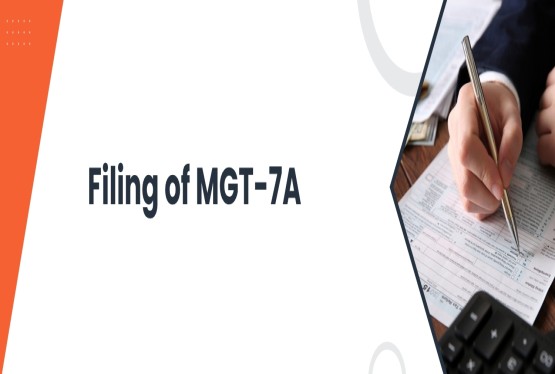
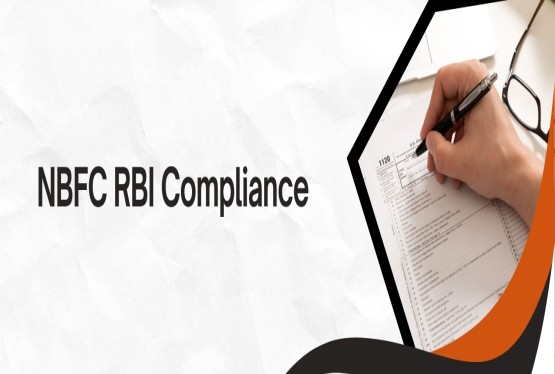
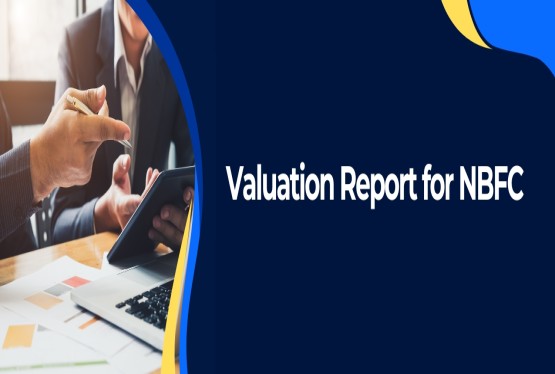



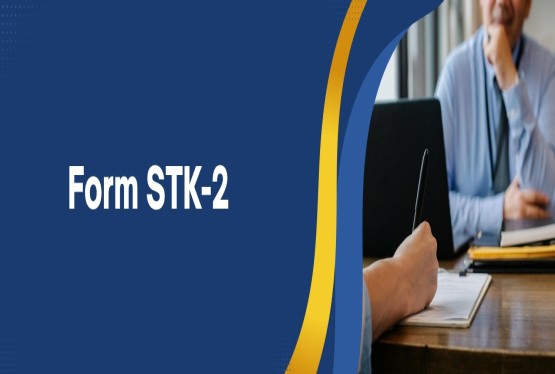
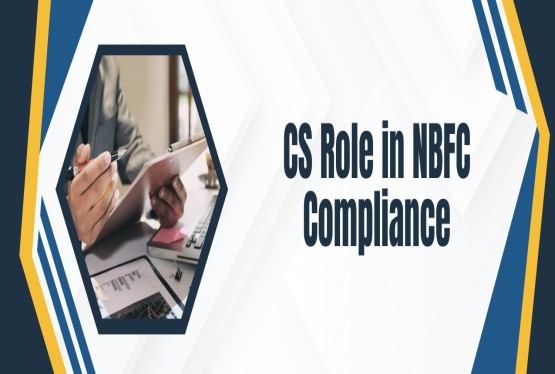


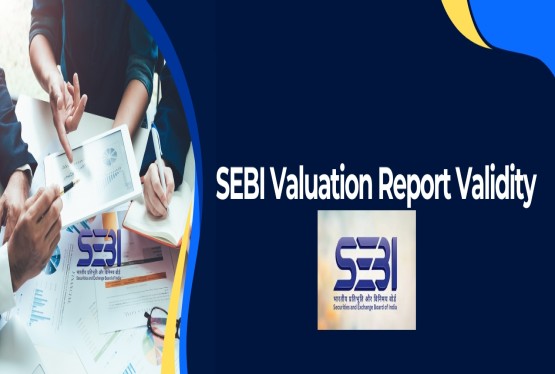

_learn_crop10_thumb.jpeg)

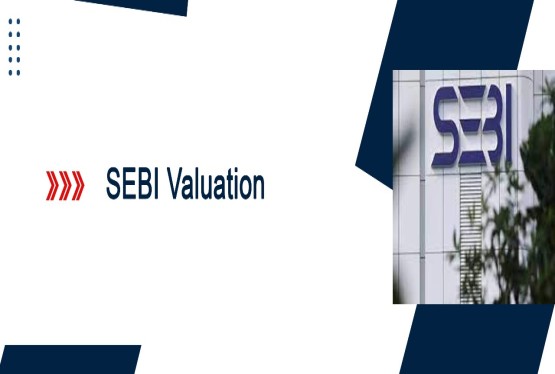



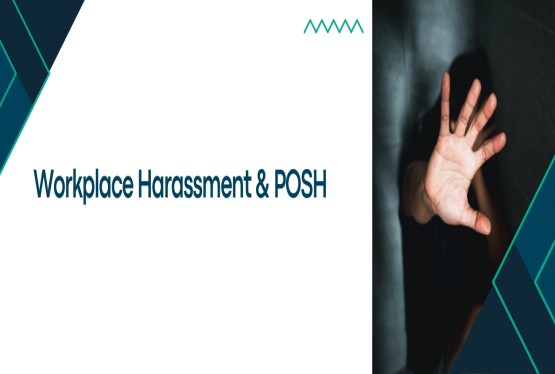
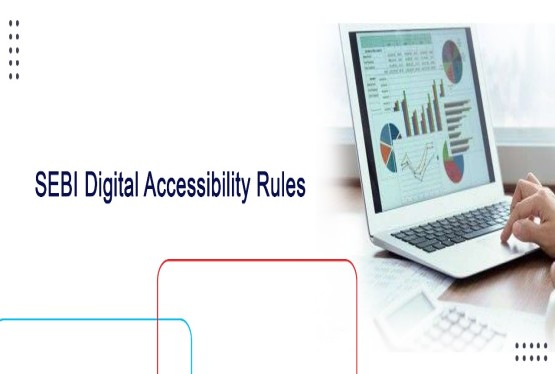


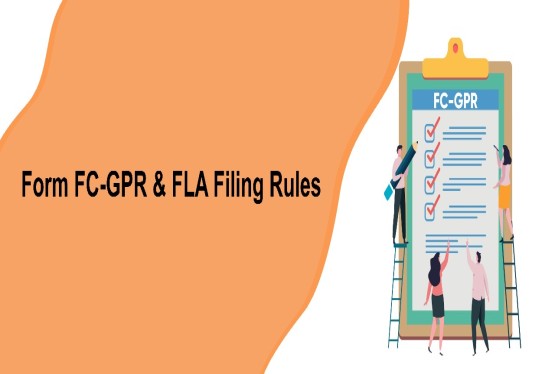
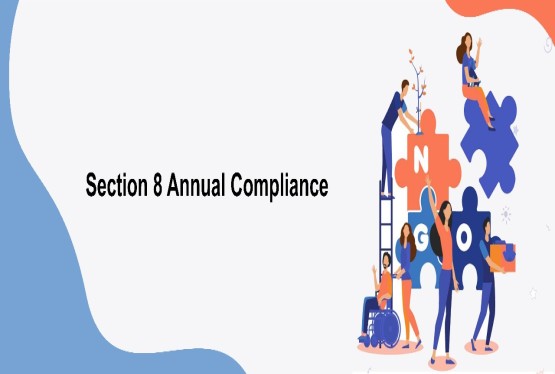
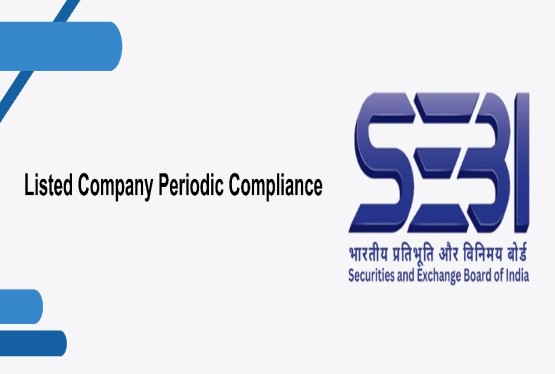




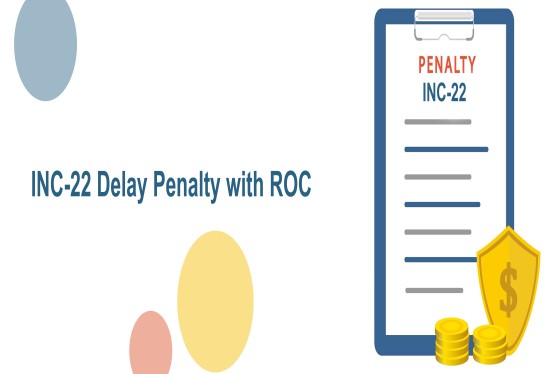


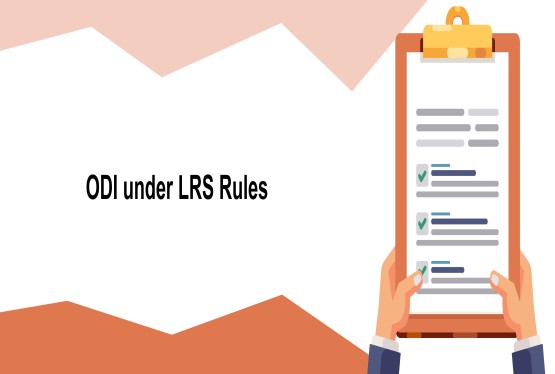
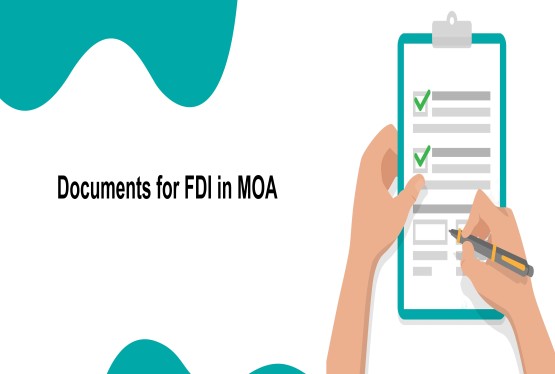


_learn_crop10_thumb.jpg)
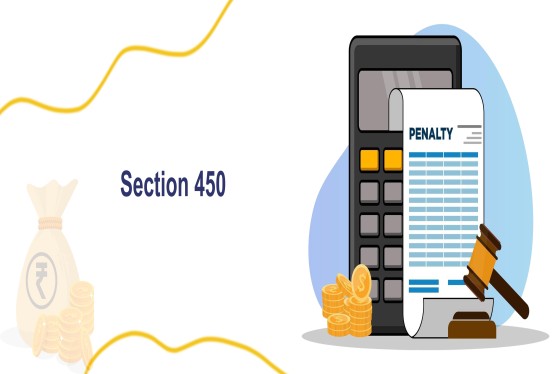

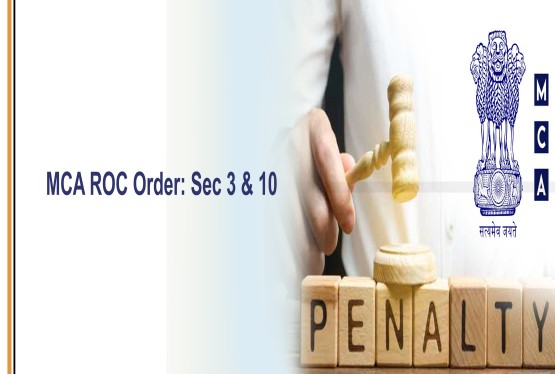
_rd_roc_learn_crop10_thumb.jpg)
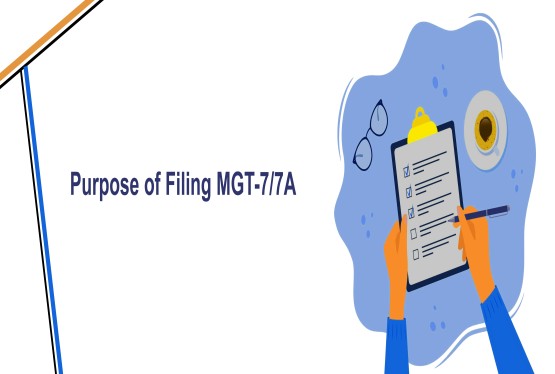
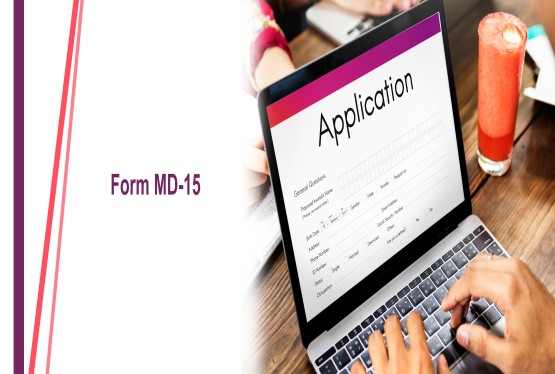


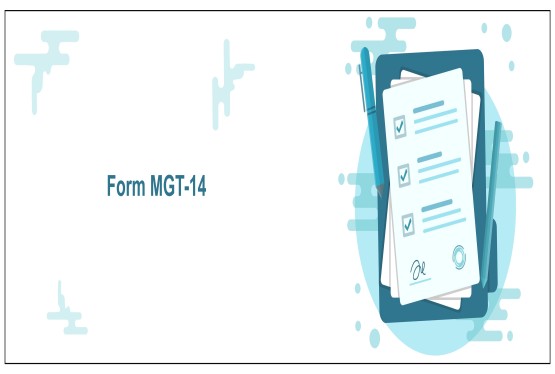
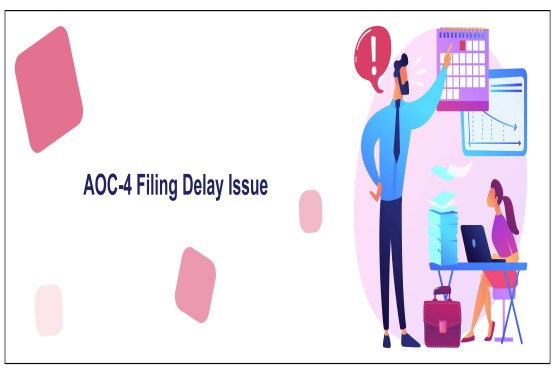
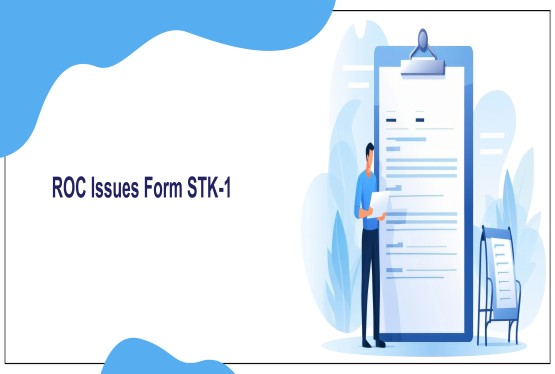

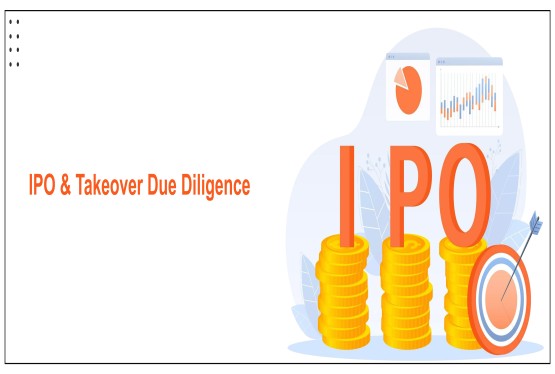

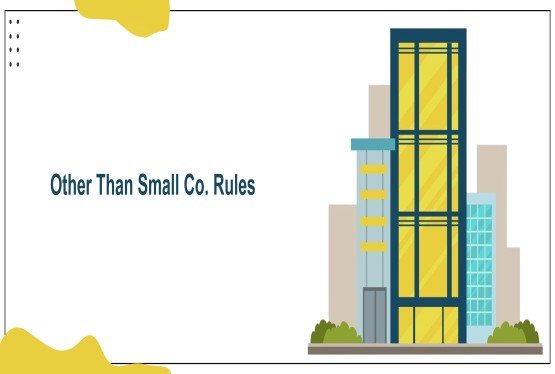


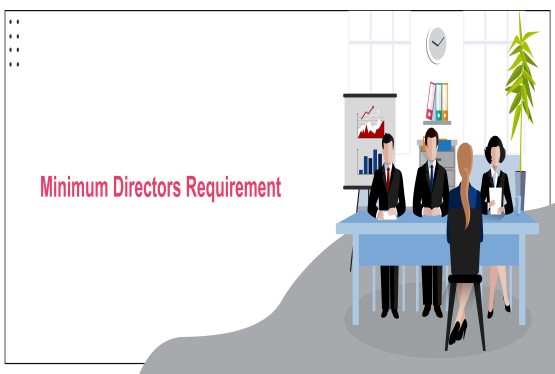

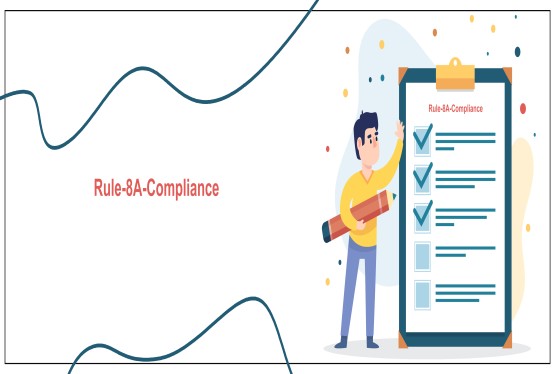
_learn_crop10_thumb.jpg)
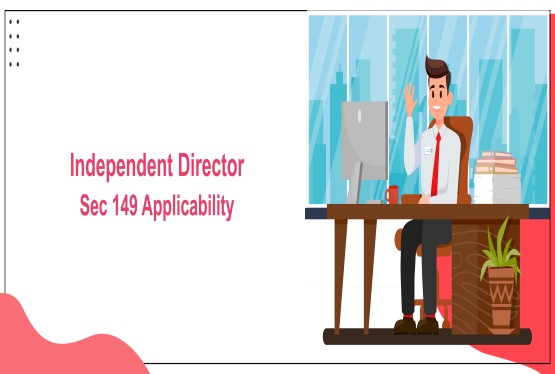
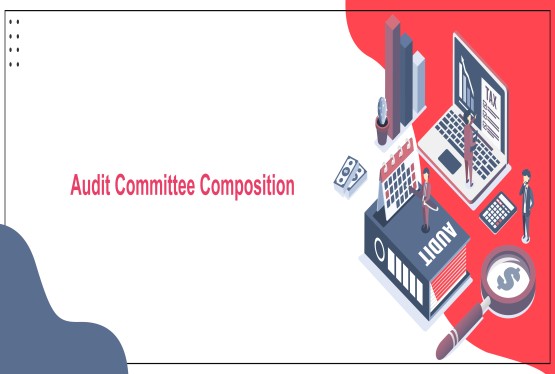
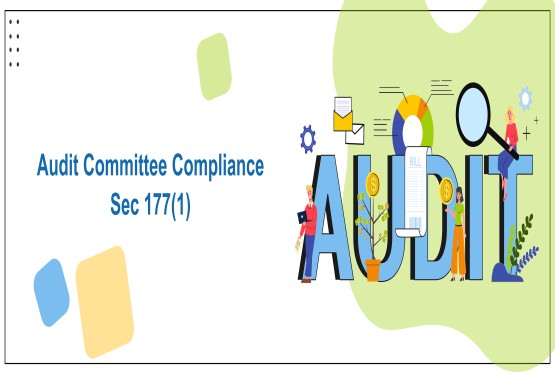



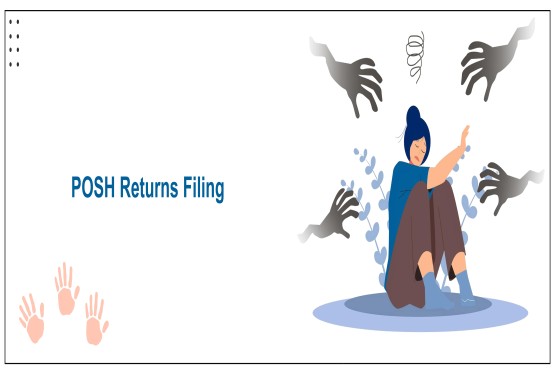
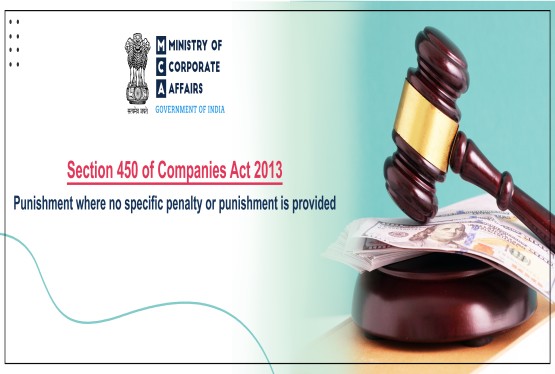

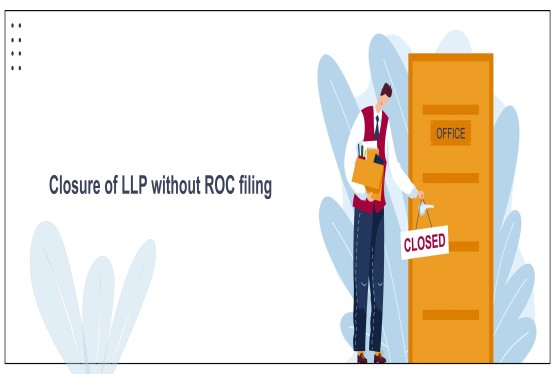
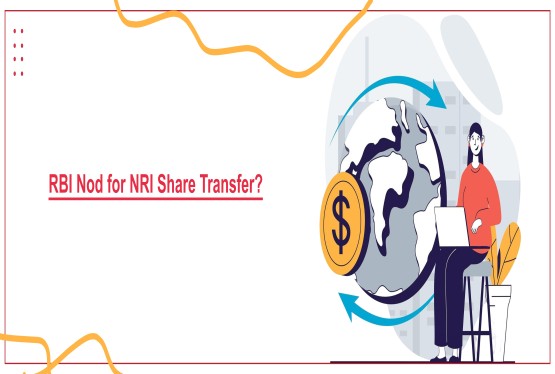

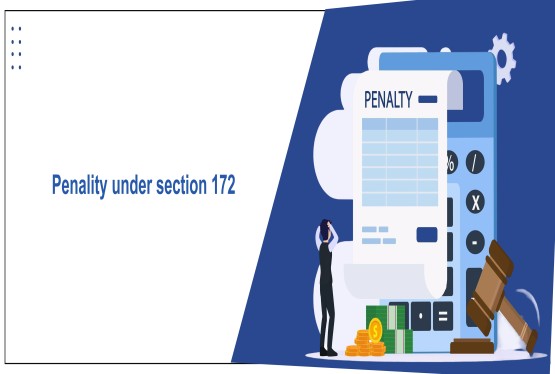

_learn_crop10_thumb.jpg)
_Learn_crop10_thumb.jpg)

